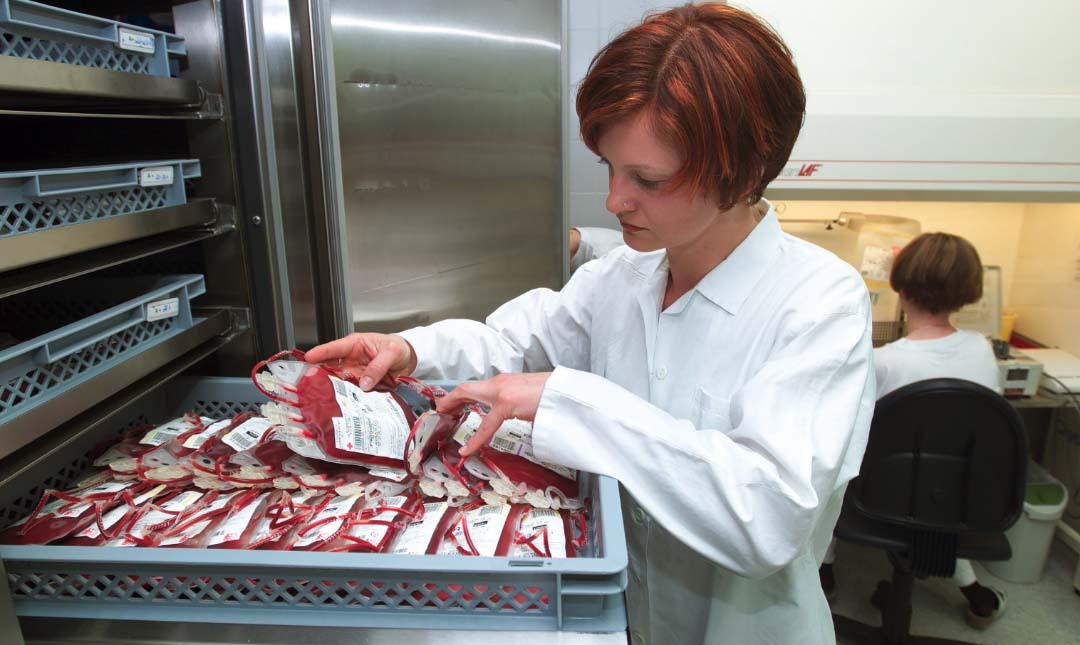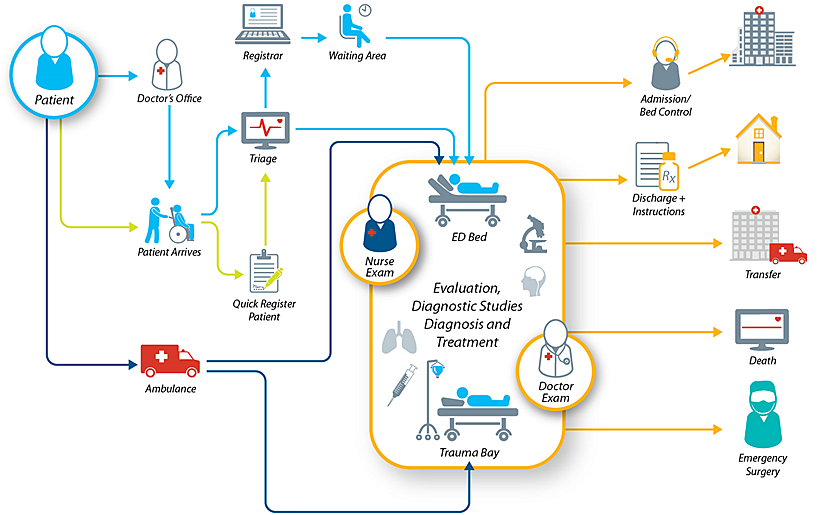Safeguarding Blood Inventory: A Critical Component of Patient Care

Josette Weinstein, Marketing Coordinator
Editor's Note: At the time this blog was written, the American Red Cross has declared an "emergency level" of needing blood donations. If you are interested in donating, please visit http://www.redcross.org/give-blood to find a blood drive near you.
Considered to be a hospital staple, blood is used in almost every department. To save lives, hospitals must always have a supply of blood available when patients need it. As red blood cells can only be stored for 42 days, and platelets expire after a short 5 day period, ensuring that blood is preserved and maintained properly is critical. The following are the most common uses for blood throughout the US.
Medical Conditions
Many medical conditions such as anemia or cancer, require frequent blood transfusions. Whether it’s to treat complications or to offset medication side effects, these blood transfusions make up a staggering 67% of the US total – that’s approximately 14 million transfusions each year.
For those suffering from diseases such as sickle cell anemia, frequent blood transfusions is the best way to provide those individuals with the best quality of life. Many people with this disease can expect to receive new blood every 3 – 12 months. These frequent transfusions combat the severe complications of this disease and can greatly increase the life expectancy of those suffering. Due to these reasons, it’s extremely important that a steady supply of blood be readily available when needed.
Surgery & Trauma
The likelihood of someone to suffer from blood loss during a surgical procedure is incredibly high. Many surgical teams will even require that blood be available in the OR before the surgery begins in case it is needed, this allows the surgical team to prevent complications and begin the transfusion process immediately. Due to these increased odds, surgery accounts for 27% of all blood use throughout hospital.
When a trauma event occurs and a patient has suffered serious blood loss, hospitals initiate massive transfusion protocol (MTP). During these situations, it’s a race against the clock; acute blood loss contributes to a large portion of mortality in the early post-trauma period. If there isn’t enough of the correct blood type available, the trauma victim may not survive.
Child Birth
The average amount of blood loss after one birth is between 500mL and 1000mL. Unfortunately, some women experience postpartum hemorrhage (PPH) and experience severe blood loss and require an immediate blood transfusion. This is rare and only makes up only 6% of the total blood national blood usage.
Safeguarding Blood Inventory and Reducing Product Waste
A traditional method of manually recording the condition of blood bank refrigerators has the potential for inconsistent data collection and inaccuracy. By implementing an automated, wireless environmental and temperature monitoring solution, hospitals can take immediate action if blood storage temperatures begin to approach unsafe temperatures. This greatly reduces waste and safeguards blood inventory levels.
Automated environmental monitoring systems are easy to use and customizable, allowing the blood bank to monitor and document a range of information such as storage temperature and humidity. At the application-level, users can view refrigeration groups and receive alerts when units are outside of their monitored threshold.
Learn More
To learn more about how automated environmental and temperature monitoring solutions can enable your blood bank to maintain compliance, eliminate product loss, improve patient safety, and increase staff productivity, download this overview.






